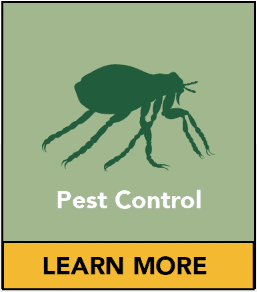A typical procedure to control through engineered
The most notable methodology for bug control is the use of pesticides manufactured mixtures that either butcher bugs or stifle their new development. Pesticides are much of the time masterminded by the bothering they are required to control. For example, bug harms are used to control unpleasant little creatures; herbicides to control plants; fungicides, developments; rodenticides, rodents; avicides, birds; and bactericides to control infinitesimal living beings. Pesticides similarly fuse chemosterilants and advancement regulators, which are used to interfere with the common augmentation or improvement of the disturbance. Substance control of annoyances doubtlessly began with harmful plant compounds. In the eighteenth and nineteenth many years, farmers ground up explicit plants that were destructive to unpleasant little animals or rodents—plants like chrysanthemums or tobacco in Pest Control Bromley . The plant “soup” was then applied directly to either the harvests or the irritations. Researchers later found that they could isolate the hurtful blends from these harmful plants and apply the combinations as liquid showers.
Designed to strengthens

With the presence of fabricated regular combinations during World War II, an enthusiastic change occurred in trouble control. The disclosure of the insecticidal properties of the designed strengthens DDT (dichlorodiphenyltrichloroethane)— which was extensively used against disease-spreading dreadful little animals—during the contention and BHC (benzene hexachloride) made the possibility of bothering free gathers reasonable. The headway of another designed common compound, the specific herbicide 2,4-D (2,4-dichlorophenoxyacetic destructive), incited the improvement of other explicit herbicides. With the divulgence of DDT, 2,4-D, and BHC, experts began to make other designed common pesticides, especially improvement regulators, chemosterilants, pyrethroids (compounds with insecticidal properties like those of pyrethrum), and organophosphate fabricated materials. This investigation stretched out to make other, nonchemical, methodologies for bug control after the hazardous vigor of pesticides in the environment was seen. It was found during the 1950s that DDT and its associated combinations are not easily isolated in the environment. DDT’s high consistent quality prompts its total in bugs that build up the eating routine of various animals. These unquestionable levels of DDT effects influence animals, especially certain birds and fishes. Analysts moreover found that various kinds of bugs rapidly make masses that are impenetrable to the pesticide. (See further more about nature; pollution, and the environment.)
Coherent test
By the 1960s, the assessment of DDT as a bug splash had reduced, and during the 1970s genuine impediments were constrained on its use. In the United States, the Federal Environmental Pesticide Control Act of 1972 and the Federal Insecticide, Fungicide, and Rodenticide Act passed in 1972 required pesticide creators to lead coherent tests on the natural development, blemish, determination, and hurtfulness of any new pesticide before the substance could be promoted. In the last piece of the 1980s, the typical cost to make and enroll a pesticide thing was 10 million dollars. During the 1960s and 1970s, public grumblings were raised about the strange use of pesticides. The Environmental Protection Agency (EPA) was made in 1970 to find past hurt and possible future mischief that could happen to the environment as the delayed consequence of certain pesticide use and to set up ventures to fight natural issues.

